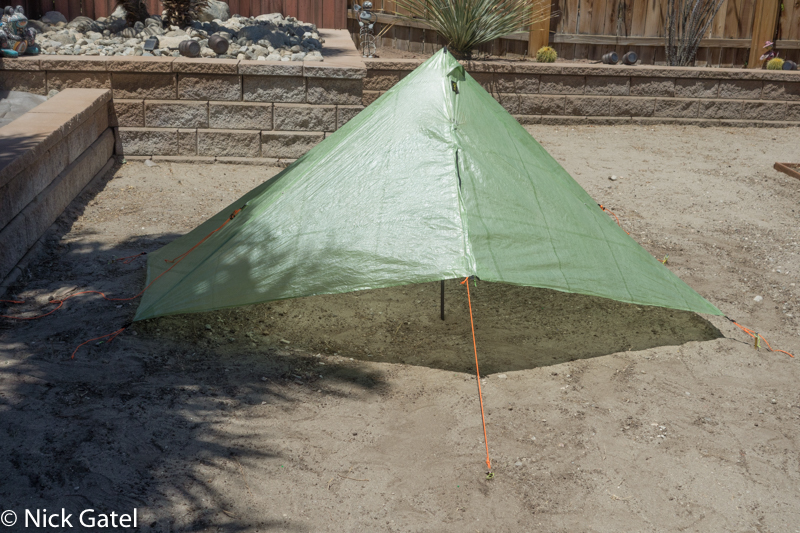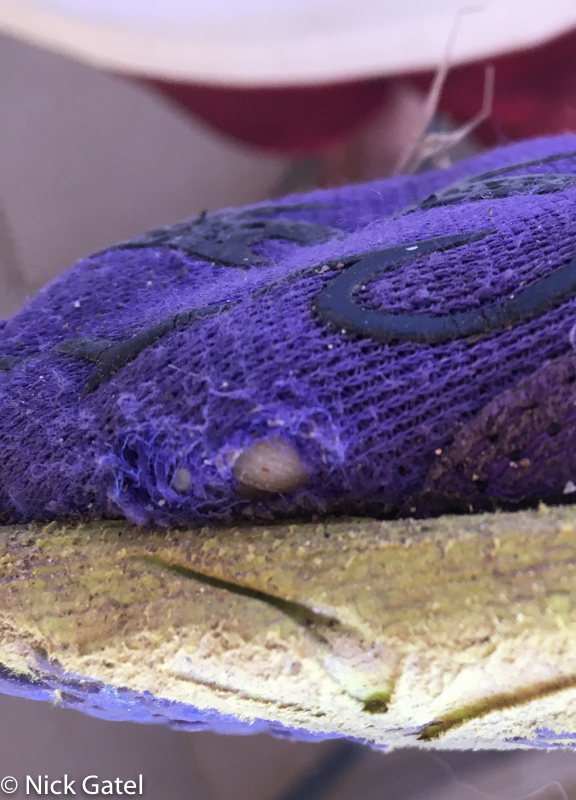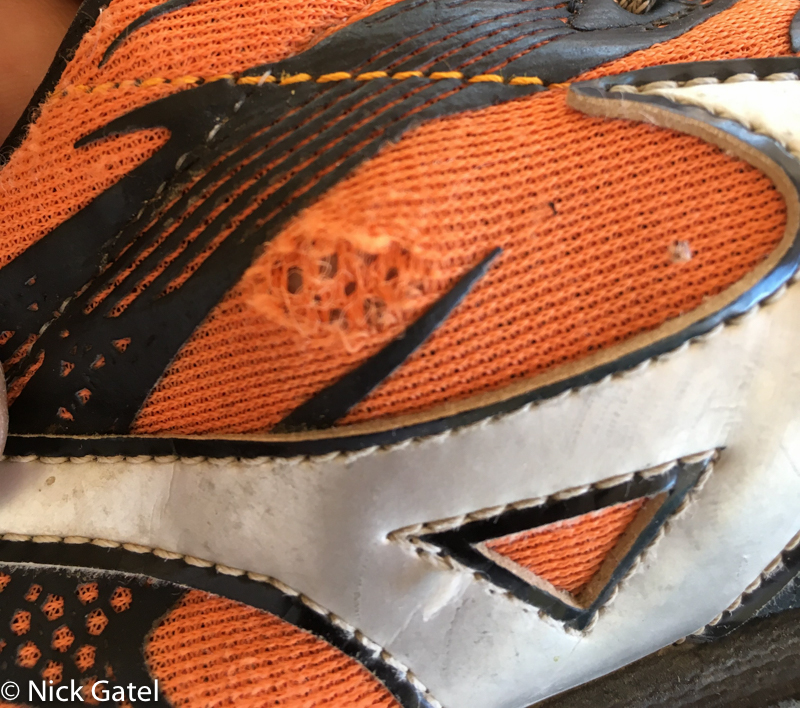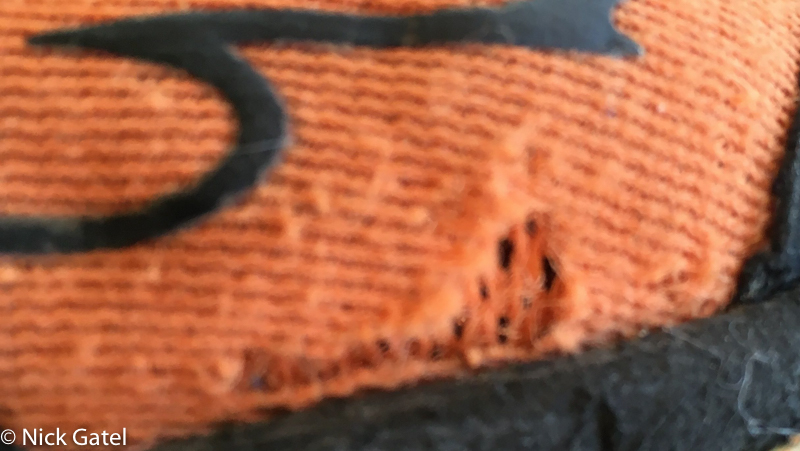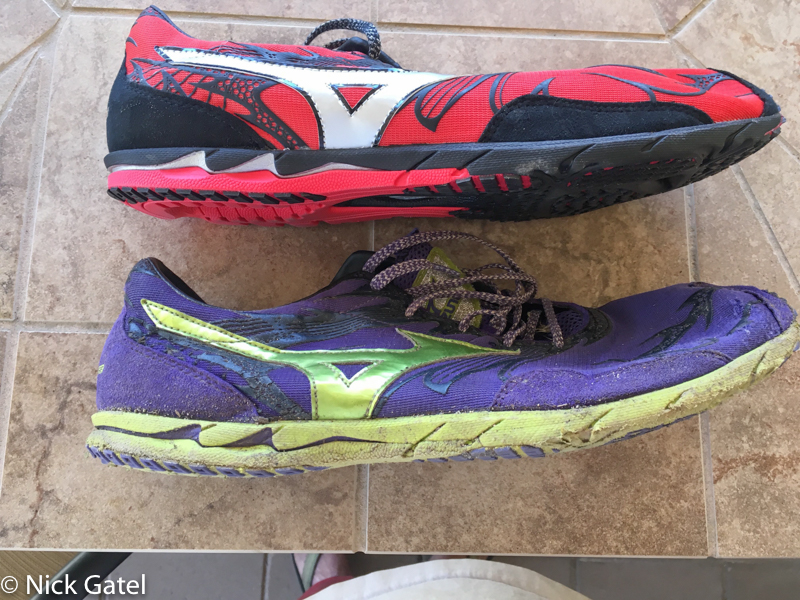With proper maintenance you can reduce the amount of gear you need to purchase.
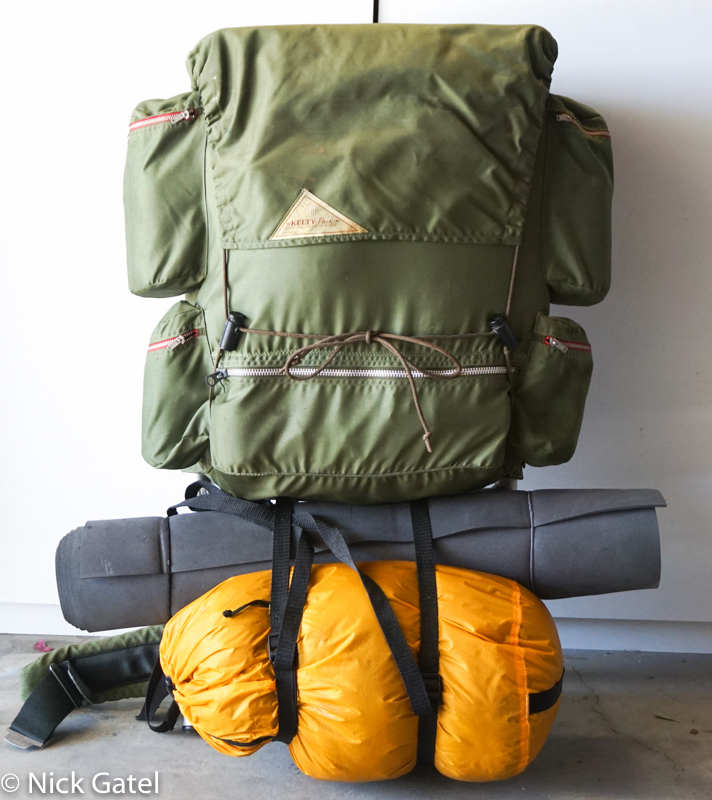
There was a time when the average American maintained things. People did the required maintenance on vehicles, and instead of replacing simple things like household appliances they fixed them, often doing the work themselves. Today we are a throw-away society. If something breaks we simply put it in the trash and buy a new one. Our society has become insane. Plus all this trash isn’t good for our environment.
First Things First
Whenever you purchase a new piece of gear read and save the user manual, care labels, and other documentation. Learn how to operate/set up gear, understand the cleaning and maintenance requirements. Then follow the instructions!


Purchase any Maintenance or Repair Materials When You Buy the Gear

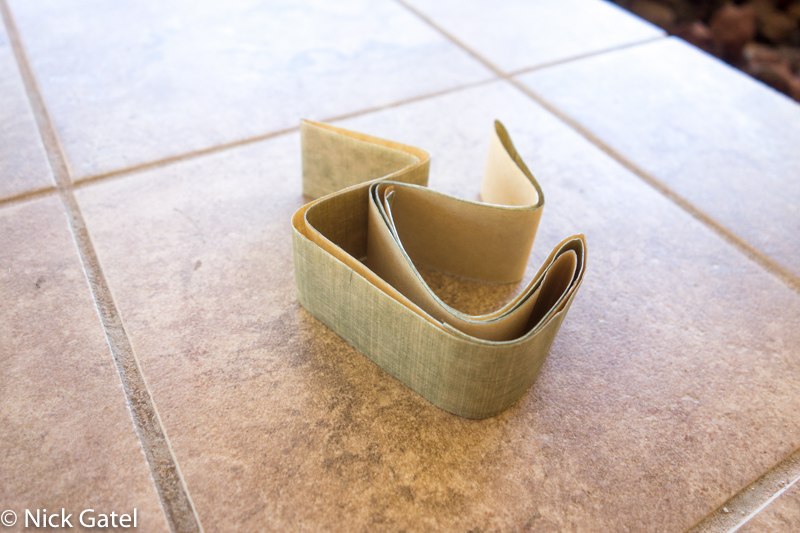
Take an Inventory
In this post, How to Excel at Backpacking, I explained that I create a gear list for every single trip. It isn’t that much work because I often just copy a list from a previous similar trip and make changes as needed. The main purpose of the gear list is to ensure I don’t leave anything critical at home.

When I get home from a trip I can double check that I didn’t lose or misplace anything using the pre-trip list I prepared. Plus I can check for items that need replenishment, such as first aid items or other consumables.


Clean, Inspect, and Repair as Needed
I always set up my shelter after a trip (if I used it) and inspect it for damage or needed maintenance. When I am done inspecting (and making repairs if needed), I wash it with water and let it air dry.


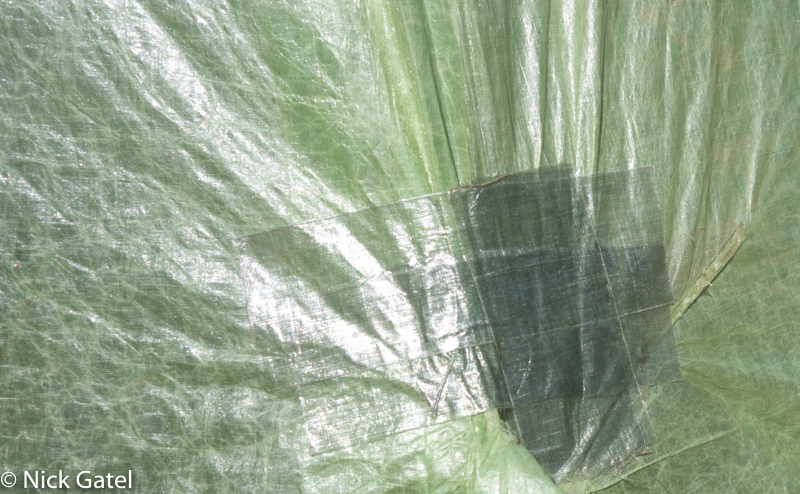
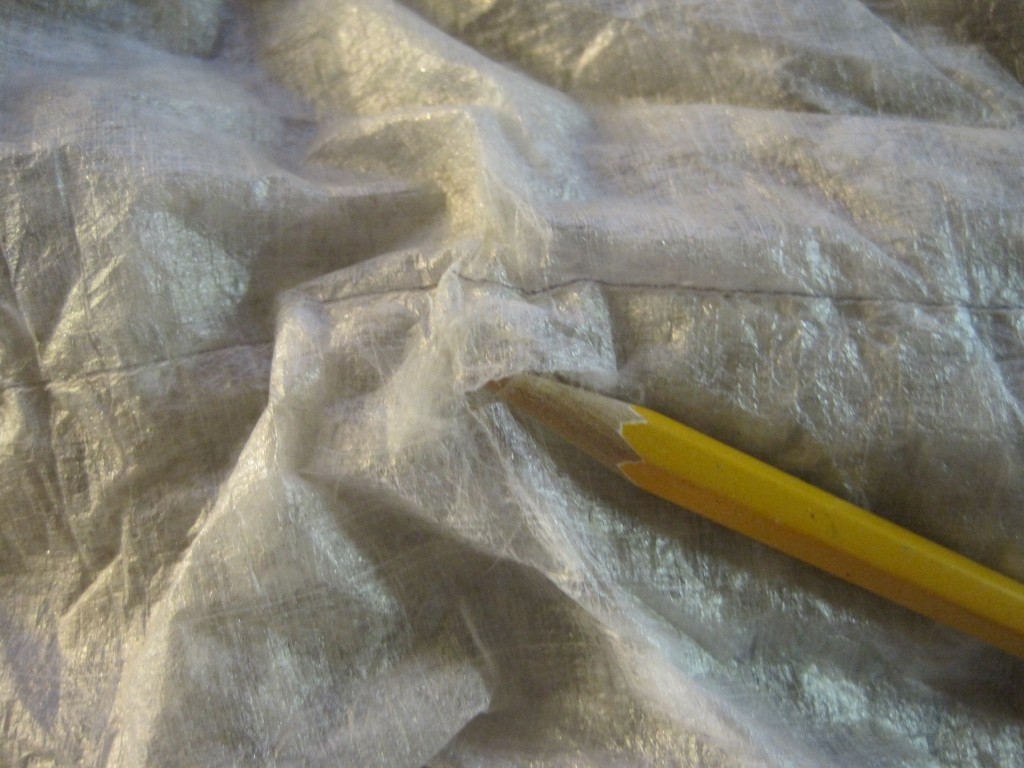
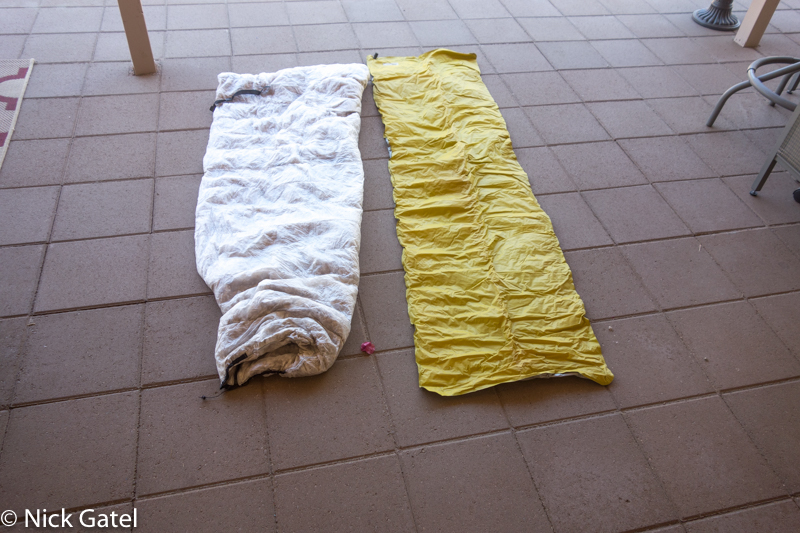
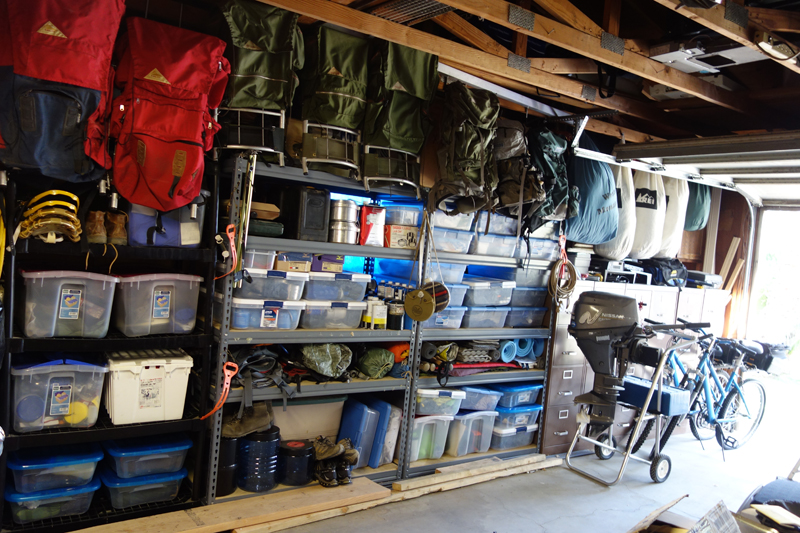
Footwear
There are so many kinds of footwear it would be too lengthy to go over the care of each. Follow the manufacturer’s care instructions. Today many hikers are wearing nylon running shoes of a plethora of iterations.
For the past 5 years my primary hiking shoe are Mizuno Wave Universe 4 cross country racing flats. My size 12 shoes only weigh 4.9 ounces each. Because a shoe manufacturer will discontinue a great shoe, I stocked up by buying many pairs for my inventory anticipating they would be made obsolete by Mizuno, which of course did happen.
For most hikers trail running shoes usually suffer seam failure on the uppers or sole separation from the upper before the sole wears out. I suspect some of the seam failures may be due to wearing shoes that are too tight. For me, I usually have to replace shoes because the bottoms wear out first, not the uppers.
However, my Mizuno shoes do get upper wear from abrasion and minor tears from sharp objects like rocks and cacti as the pictures below document.
The good news about seam separation, small rips and tears is they can easily be repaired using McNett Seam Grip. Many experienced backpackers will seam seal new shoes where they know the seams will separate on them.
Here’s a picture of my current shoe and my last new pair in inventory. As you can guess, I left the fire engine red color for last — but I bought them at a great price on sale, so color was immaterial 🙂
I usually wash my shoes after each trip in a pail of plain water and a soft brush. No detergent or other cleaner is used because they will stink no matter what one tries to do. Also stains don’t bother me — they’re hiking shoes not urban wear.
Dirt and Body Oils are Your Clothes Enemy
Most of the rest of the gear you want to take special care of, after every trip, is your clothing. Just follow the manufacturer’s instructions especially with down, “waterproof breathable” items, and wool. Pay particular attention to the drying instructions. For wool I just use Woolite. For everything else I use the appropriate NikWax product.
This website may be compensated for linking to other sites for sales of products. As an Amazon Associate I earn a small fee from qualifying purchases at no additional cost to the purchaser.
Backpacks
I usually wash my packs once a year, on a day my wife isn’t at home to object, in the bath tub with warm water (not hot) and use a small amount of Dawn dishwashing soap. With my non-Cuben packs I scrub the outside with a soft nylon brush. On the inside I gently use a soft cotton cloth because you do not want to damage any water proof coatings. More important than removing the dirt is to remove any salts from perspiration. Animals are attracted to the salt and can end up chewing and eating your pack while you sleep 🙁
With Cuben I gently wash with a cotton cloth because the material is not very abrasion proof.
If you pack has an internal frame, leave it in the pack. Some packs will shrink a little making very, very difficult to put the frame stays back in.
Always air dry your pack, AVOID dryers!!
Battery Powered Devices
Remove the batteries when storing electronics. Also check terminals for corrosion and clean right away. Better yet, leave the electronics at home 😉
Everything Else
Wash or clean every piece of gear. Optics have special requirements. You especially want to throughly wash cooking utensils and water containers.

Conclusion
With a little time and care you can make your gear last a long time, eliminating the need to constantly replace stuff due to a premature death. Of course if you like buying gear, lust over new gear and reviews, and have to have the latest and greatest new product offerings, you don’t need to follow anything I wrote; a mental health care practitioner might be a better option for you. 🙂

